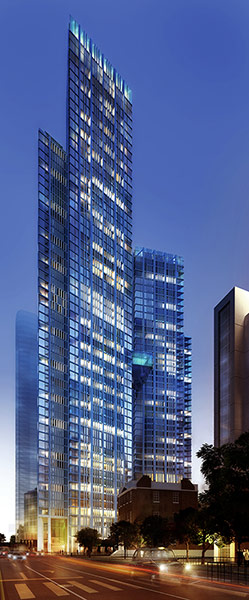
Height 200m and 160m
Approved 2012; due 2016
The soon-to-be-completed Vauxhall Tower at St George Wharf has paved the way for many in the area. One Nine Elms is higher and wider, but was recently approved with relatively little debate Photograph: PR
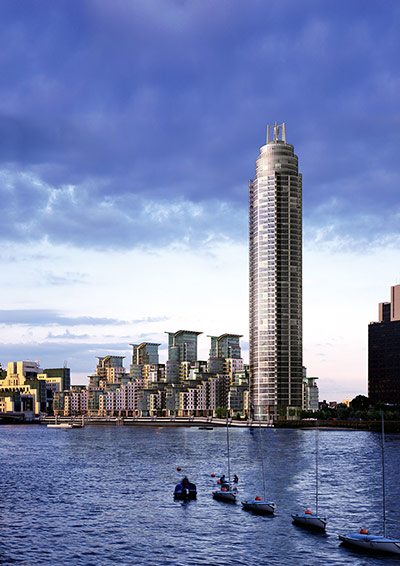
Height 181m
Approved 2005; nearing completion
The outcome of a public inquiry was that it should not be built, but John Prescott liked it so much he gave it permission anyway. Officially named The Tower, One St George Wharf Photograph: PR

Height 140m and 115m
Approved 2012; due 2015
Leading architect Terry Farrell was appointed to produce a masterplan for the Vauxhall/Nine Elms area. Squire’s proposal, he said, broke its principles but, after a public inquiry, it got permission anyway Photograph: PR
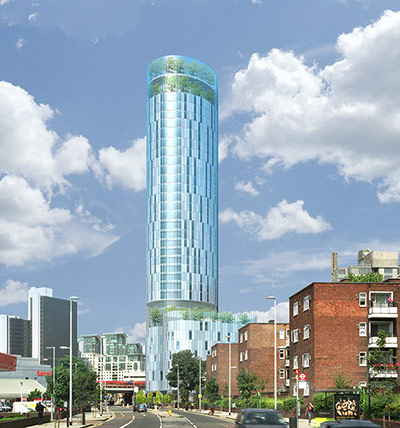
Height 120m
Approved 2008/2010
Granted planning permission as a residential “eco-tower”, with a patchwork glass façade, the design has since been considerably simplified. CABE found the new version “not credible”, but it got permission anyway Photograph: CJCT Architects
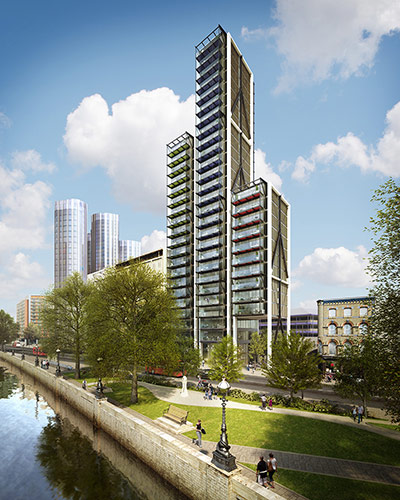
Height 85m
Approved 2012
Richard Rogers helped frame the policies that encouraged tall buildings, on the basis that higher densities would create “vibrancy”. Here his practice designs a results of those policies, on Albert Embankment Photograph: PR
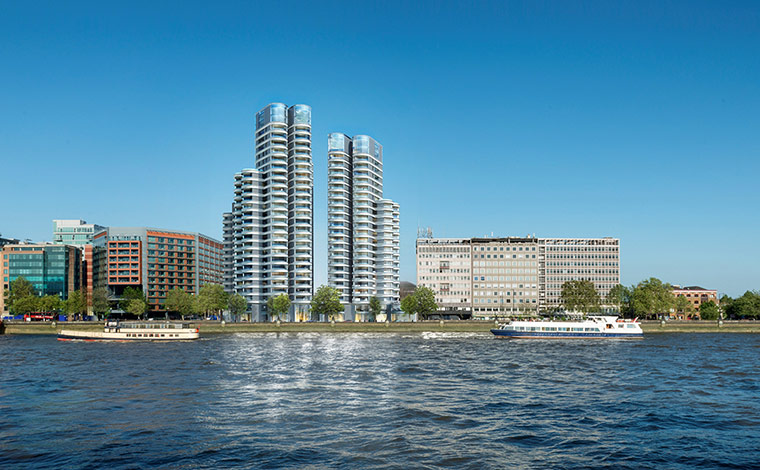
Height 85m
Approved 2008
A group of three towers which will be built in the cluster of tall buildings at Vauxhall and Nine Elms. Once they might have stirred some debate, but now they are modest compared with their proposed neighbours Photograph: Nigel Young/PR
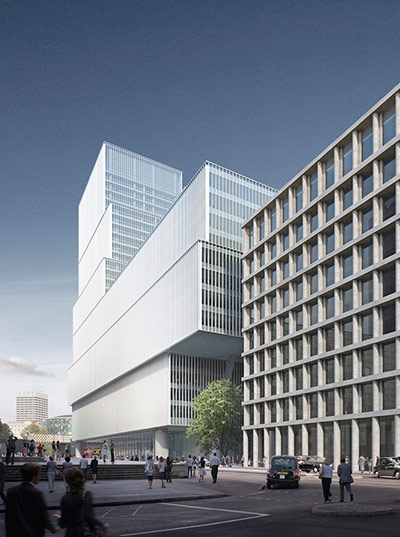
Height 120m
Approved 2012; due 2016
Planners and the mayor were more demanding on this mixed-use site in Waterloo than usual, leading to two previous architects being rejected before David Chipperfield was installed at the helm. The design is much more thoughtful than the average Photograph: PR
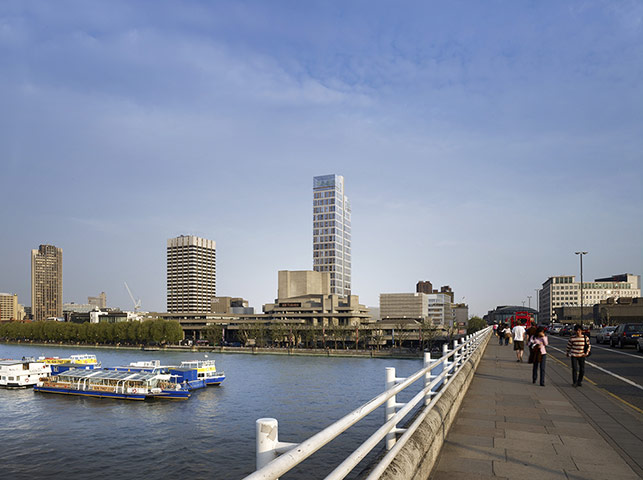
Height 140m
Approved 2008
Another inquiry, another recommendation of refusal and another minister – Hazel Blears – who disagreed. This Waterloo tower does come with a pool, and a new HQ for Rambert Dance Company at its base Photograph: PR
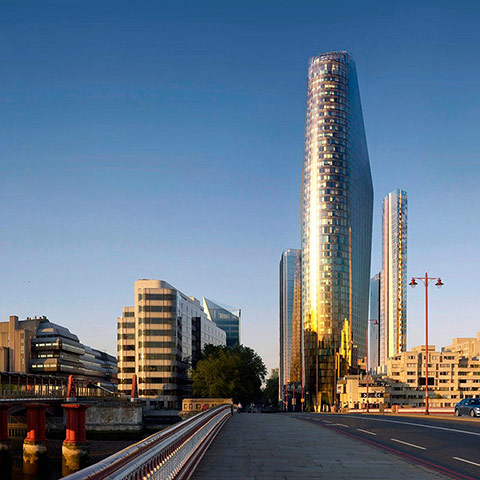
Height 163m
Approved 2008; due 2018
Known as 1 Blackfriars, this tower was sold to the planners with the help of a public viewing gallery and design by Ian Simpson. The gallery has now been omitted, and the Simpson design modified Photograph: PR
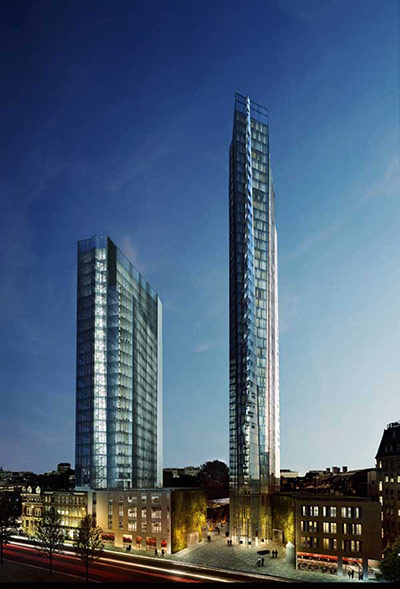
Height 148m and 105m
Approved 2008; due 2015
Another addition to the Blackfriars cluster, these two towers are more simple and elegant than many, but still make minimal attempt to relate to their present or future surroundings Photograph: PR
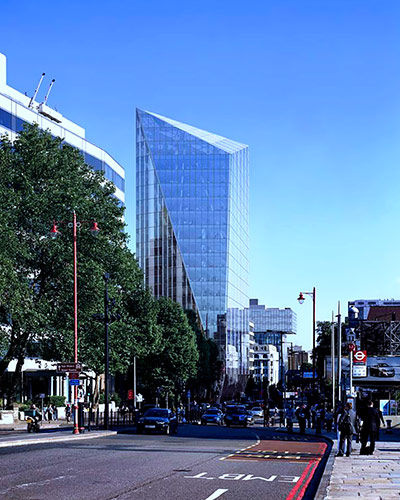
Height 89m
Approved 2011; due 2014
A crystalline wedge on the fringes of the cluster of towers emerging at Blackfriars, close to Tate Modern. At 89m, this office block is one of the lower of the new wave of tall buildings Photograph: PR
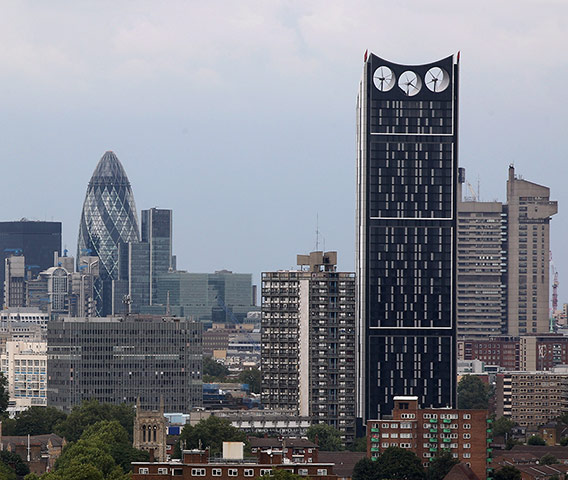
Height 148m
Approved 2006; completed 2010
Winner of the Carbuncle Cup 2010, this residential site features three wind turbines in its crown, as a gesture to sustainability. They are rarely seen to turn, however Photograph: Dan Kitwood/Getty Images
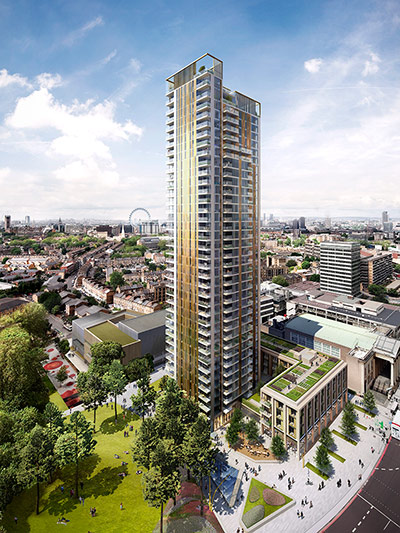
Height 127m
Approved 2012; due 2015
Located alongside Strata SE1, and described as “a significant milestone” in the regneration of the area, it is a much more restrained design than Strata, and unlikely to win the Carbuncle Cup Photograph: PR
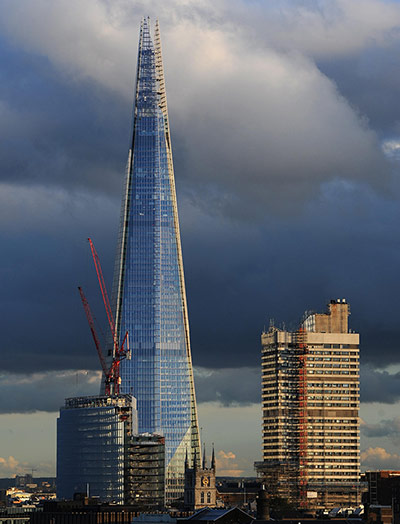
Height 304m
Approved 2003; completed 2012
The highest, pointiest, most famous and arguably most beautiful of the new London towers. Renzo Piano’s mixed-use building set a standard that most later projects are failing to meet Photograph: Anthony Devlin/PA
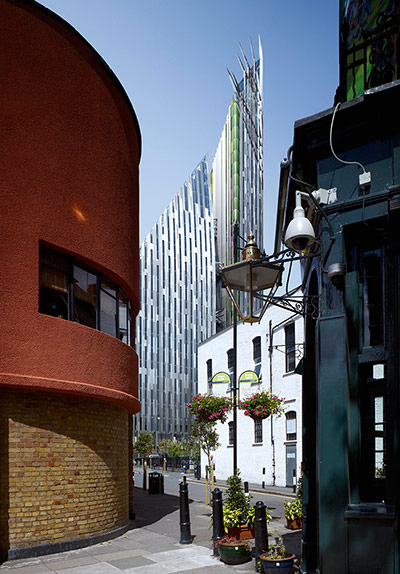
Height 109m
Approved 2010; due 2014
Its architects said this students’ residence tower, close to the Shard in Southwark, would “delight and inspire” residents. CABE called it “ungainly” and “awkward”. It got permission anyway Photograph: PR
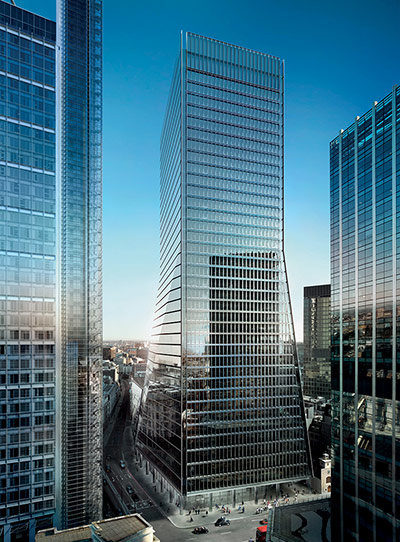
Height 172m
Approved 2007; construction yet to start
Amid debates about the more conspicuous Walkie Talkie and Cheesegrater, this office building slipped through relatively unnoticed. Another that benefits from simplicity Photograph: PR
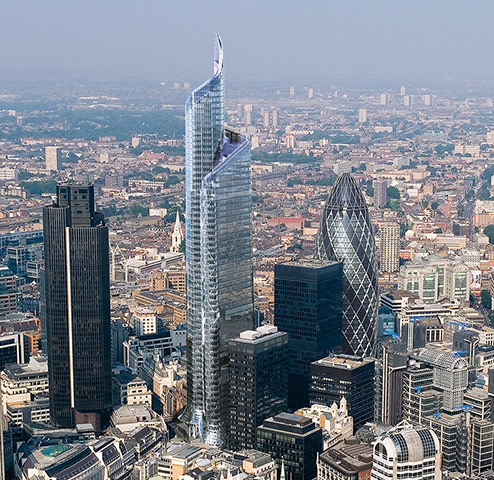
Height 288m
Approved 2006; construction currently suspended
Also known as the Helter Skelter, and currently as the Stump, as building work has been halted. This office development will eventually be the tallest building in the City Photograph: PR
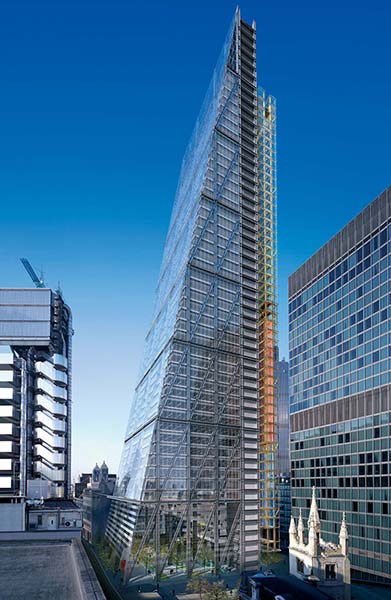
Height 225m
Approved 2005; due 2013
Across the street from the Richard Rogers-designed Lloyds Building, it slopes back as it rises, so as to reduce its impact on views of St Paul’s Cathedral down Fleet Street Photograph: Richard Rogers PR
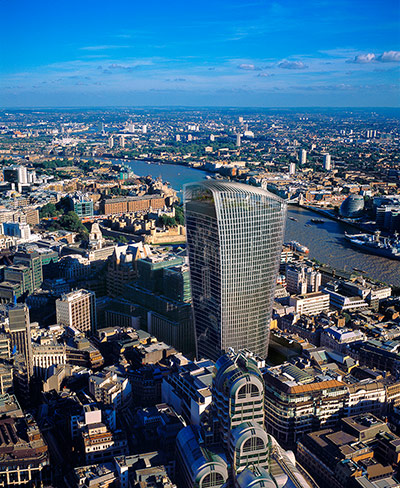
Height 160m
Approved 2007; due 2014
This City office block swells as it rises, to reflect the fact that floor space is worth more at the top. A “public space” is promised on the roof. Its steel frame is currently taking shape Photograph: PR
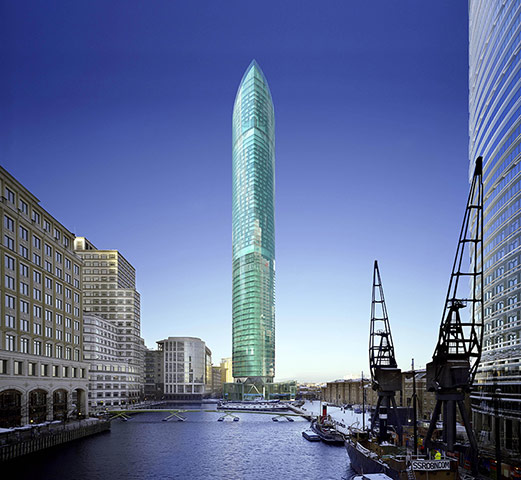
Height 237m
Approved 2009
The mayor of London can approve or reject significant planning applications. Boris Johnson has used this power only once, to consent to this tower in Canary Wharf after the London borough of Tower Hamlets rejected it Photograph: PA







